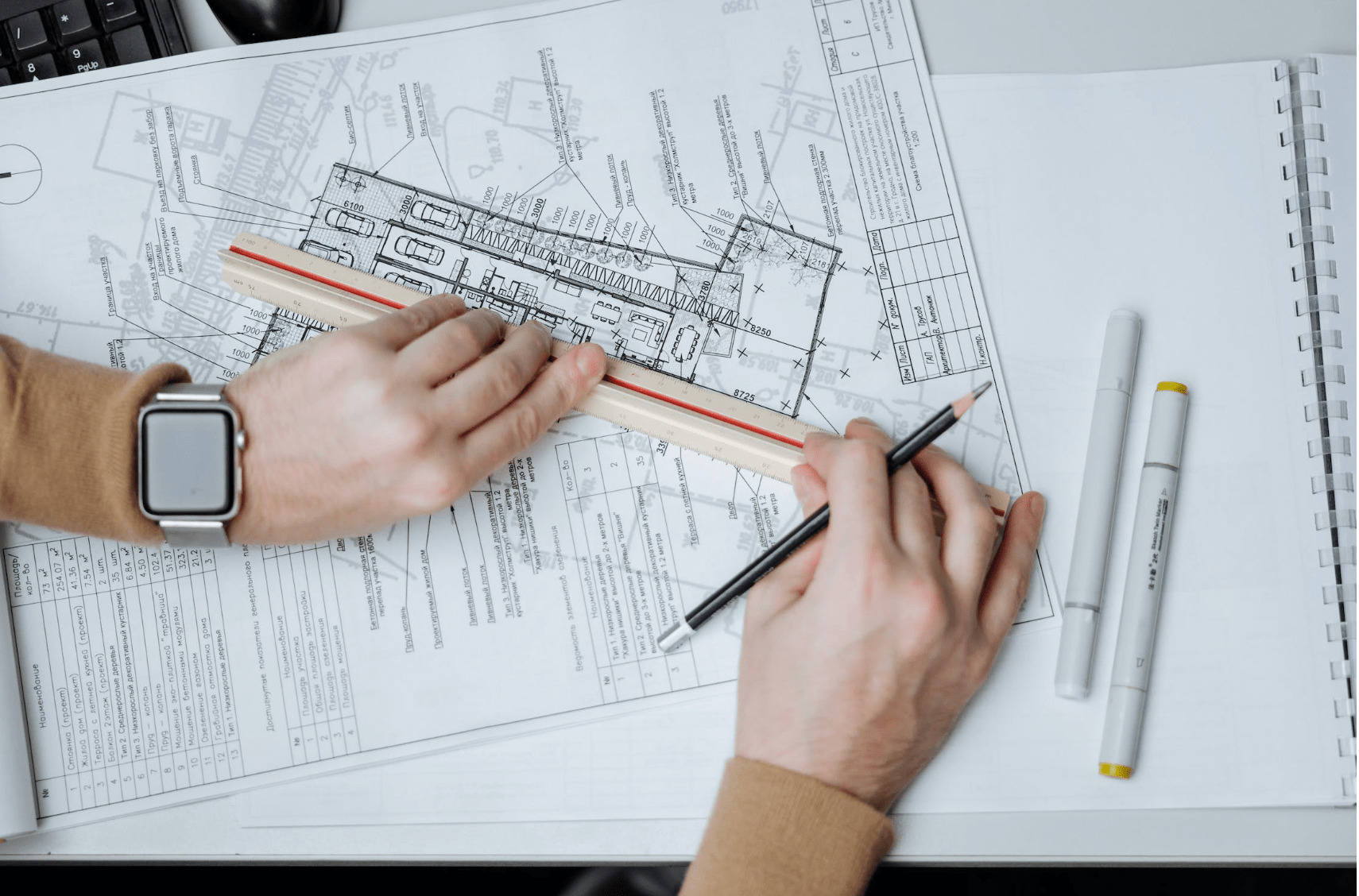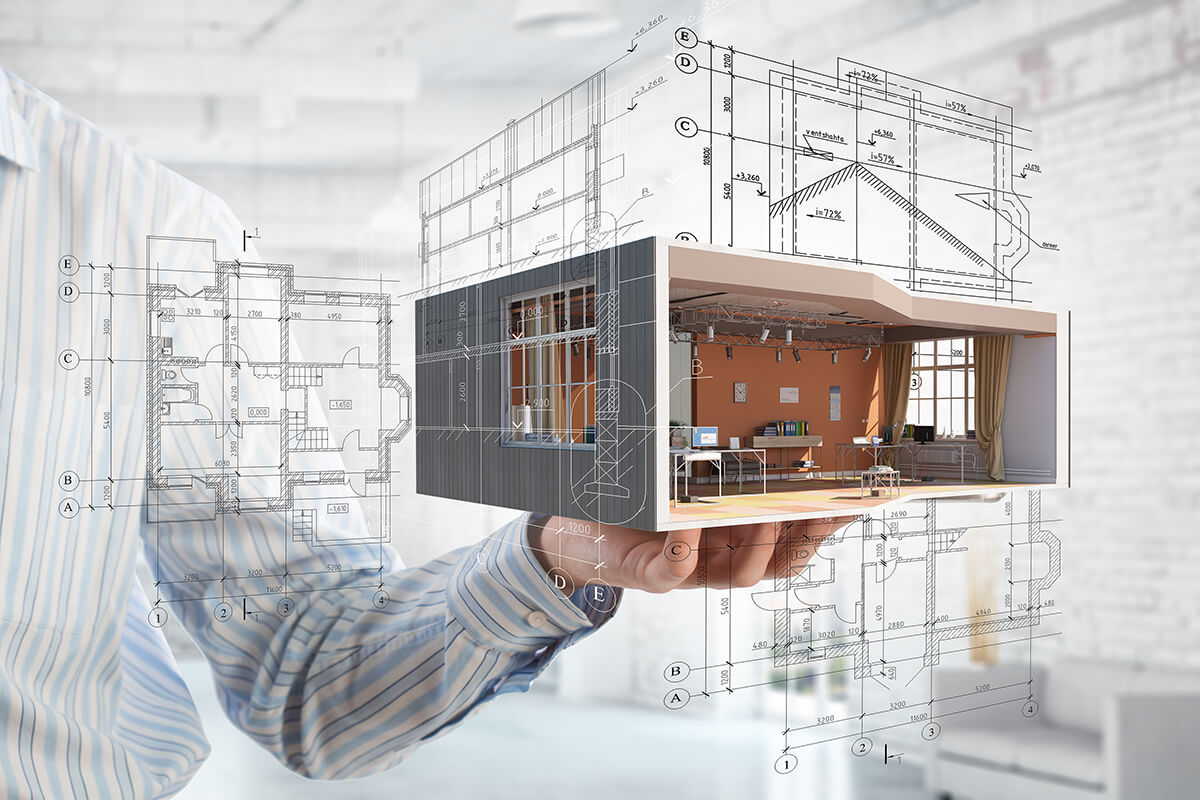Architect Portfolio Showcases That Impress Clients Instantly
Wiki Article
Recognizing the Diverse Profession Paths Available for Aspiring Architect
As an ambitious Architect, you have a globe of profession courses waiting for you. Whether you're drawn to conventional design or the nuances of sustainable style, there's a niche that lines up with your passions.Traditional Architecture: Designing Buildings and Frameworks
Conventional architecture focuses on creating buildings and frameworks that blend functionality with visual allure. Your designs can mirror cultural heritage, showcasing local traditions while fulfilling modern-day requirements.You'll establish skills in drafting, model-making, and website analysis, enabling you to visualize and connect your ideas successfully. Involving with clients, you'll need to recognize their vision and convert it into viable designs.
Moreover, developing codes and sustainability practices are important in your work, guaranteeing your structures are safe and eco friendly. As you expand in your career, you'll find possibilities in property, business, or even remediation projects, each offering one-of-a-kind challenges. Accepting typical style leads the way for a meeting career that pays tribute to the past while shaping the future.
Urban Preparation: Shaping Neighborhoods and Public Spaces
As a hopeful Architect, you can play a necessary role as a metropolitan planner, transforming just how communities operate and communicate. By using community involvement methods, you'll guarantee that residents have a voice in forming their environment. Plus, integrating sustainable design concepts will certainly aid create rooms that not just meet today's demands yet also secure the future.Function of Urban Planners
While lots of could think of architects as the single enthusiasts behind buildings, city organizers play a necessary role fit the more comprehensive landscape of neighborhoods and public rooms. They examine land usage, zoning regulations, and area requires to create lasting atmospheres that improve top quality of life. By collaborating with different stakeholders, you'll help create parks, transportation systems, and property areas that advertise social communication and access. Urban planners also focus on environmental considerations, guaranteeing that developments incorporate green rooms and support biodiversity. Your know-how in spatial design and neighborhood dynamics allows you to picture future growth while preserving social heritage. In this crucial function, you'll directly influence exactly how people experience their surroundings, making every task a possibility for favorable change.Neighborhood Engagement Approaches
Reliable neighborhood interaction strategies are crucial for metropolitan organizers to ensure that the voices of locals are listened to and valued in the planning procedure. To cultivate meaningful dialogue, you need to focus on open forums and workshops where neighborhood participants can share their ideas and concerns. By proactively incorporating and listening responses, you'll develop spaces that show the neighborhood's demands, inevitably leading to more sustainable and successful urban atmospheres.Lasting Style Principles
When developing urban spaces, integrating lasting style concepts is essential for producing atmospheres that thrive both ecologically and socially. You need to begin by concentrating on power effectiveness, utilizing products that decrease waste and advertise recycling. Take into consideration incorporating environment-friendly rooms, like yards and parks, to enhance biodiversity and improve air top quality. Advertising walkability and public transport can lessen reliance on vehicles, promoting a much healthier community.Designing with water conservation in mind is also key-- assume regarding rain yards and absorptive surfaces to take care of stormwater. Involving neighborhood participants during the preparation procedure guarantees that the areas you develop fulfill their demands and encourage social communication. By welcoming these principles, you'll add to vivid, sustainable urban landscapes that benefit everybody.

Landscape Style: Producing Sustainable Outdoor Settings
As you explore landscape architecture, you'll discover important design principles that develop beautiful and practical exterior rooms. Lasting techniques play a crucial role in making certain these atmospheres grow while reducing ecological influence. And also, you'll find a selection of job chances that enable you to make an actual distinction in just how people interact with nature.Design Concepts in Landscape
Recognizing design concepts in landscape design is crucial for producing sustainable exterior atmospheres that integrate with nature. You'll require to consider elements like percentage, scale, and equilibrium to ensure your designs really feel cohesive and inviting. Furthermore, pay interest to seasonal adjustments, making with products that complement the surroundings year-round.Sustainable Practices Introduction
Sustainable techniques in landscape architecture not only concentrate on looks but also prioritize ecological wellness and source preservation. You great post to read can create spaces that advertise dirt wellness, such as exercising and making use of natural products permaculture principles. Eventually, these methods ensure your styles benefit both individuals and the atmosphere for years to come.Occupation Opportunities Exploration
With a solid foundation in lasting practices, landscape style uses a variety of occupation courses that allow you to make a meaningful effect on the atmosphere. Urban coordinators typically work together with landscape architects to create eco-friendly spaces in urban settings, boosting city livability. If you're passionate regarding education, consider becoming a landscape architecture educator, inspiring future generations.Lasting Design: Concentrating On Eco-Friendly Practices
As you explore your career in design, welcoming environmentally friendly techniques can establish you apart in a competitive area. Lasting design concentrates on creating buildings that decrease ecological influence while enhancing resident well-being. By integrating sustainable products, energy-efficient systems, and sustainable structure strategies, you'll add to a greener future.Start by gaining expertise of eco-friendly accreditations like LEED or BREEAM, which can boost your credentials. Take into consideration how all-natural light, ventilation, and thermal efficiency can enhance layout. Team up with engineers and environmental experts to introduce solutions that decrease waste and save resources.
Do not forget the relevance of neighborhood involvement-- appealing regional stakeholders can inspire styles that balance with the environment. As customers significantly prioritize sustainability, your competence in environmentally friendly methods will not just draw in jobs but also meet your interest for responsible design. Accept this important facet of the occupation, and view your job thrive.
Historic Conservation: Safeguarding and Recovering Cultural Heritage
While you start on your building journey, think about the vital duty of historical conservation in preserving our social heritage. This field focuses on the defense and reconstruction of substantial structures, sites, and frameworks that inform the tales of our past. By participating in historical preservation, you'll aid safeguard the building heritage that shapes neighborhood identity.As a historical preservation Architect, you'll evaluate historic value and evaluate the problem of frameworks. You'll work closely with chroniclers and preservationists to guarantee genuine remediation methods are utilized. This profession course allows you to mix creativity with study, allowing you to create solutions that respect initial materials and workmanship.
Your work not only adds to sustainability by reusing existing buildings but also promotes a feeling of pride within areas. Welcoming this course will aid you end up being a guardian of history, protecting the tales and looks that enrich our lives.
Inside Design: Enhancing Indoor Spaces
Historical preservation and indoor architecture both share a commitment to enhancing the constructed atmosphere, but they focus on various aspects. While historical preservation stresses preserving a structure's social and historical worth, indoor design absolutely nos in on enhancing interior spaces try this out for performance and aesthetic appeals.As a hopeful Architect, you'll discover that interior design allows you to mix imagination with technical skills. You'll make rooms that not only look good but additionally promote comfort and effectiveness. This area includes understanding how light, shade, and materials engage within a room, affecting mood and use.
You'll work with numerous tasks, from household homes to industrial offices, making certain that each setting satisfies the demands of its passengers. By focusing on user experience, you can transform interiors right into motivating and functional spaces, making a significant influence on how individuals connect with their surroundings. Accept the possibility to enhance interior environments and form the means individuals function and live.
Industrial Layout: Merging Capability With Appearances
Industrial style plays a necessary duty in creating products that perfectly blend visual appeals with capability, guaranteeing that what you use daily is not only aesthetically appealing yet likewise practical. As an aspiring Architect, you might immerse yourself in this area, concentrating on developing everything from furnishings to customer electronic devices. Your work involves comprehending individual demands, products, and manufacturing procedures, enabling you to develop cutting-edge solutions that boost day-to-day experiences.In industrial layout, you'll usually work together with online marketers, designers, and suppliers, guaranteeing that your layouts are not just lovely but likewise practical. You'll learn to stabilize kind and feature, focusing on functionality without sacrificing style. By developing your skills in laying out, 3D modeling, and prototyping, you'll be well-equipped to bring your ideas to life. This job path supplies a vibrant environment where creative thinking fulfills functionality, making it a gratifying selection for designers thinking about forming the products of tomorrow.
Often Asked Inquiries
What Educational Qualifications Do I Need to End Up Being an Engineer?
To come to be an architect, you'll need a specialist degree in architecture, commonly a Bachelor's or Master's. Additionally, you'll have to complete a teaching fellowship and pass the find this Architect Registration Evaluation to practice lawfully.Exist Qualification Needs for Different Architectural Job Paths?
Yes, there're qualification needs for different building paths. Architect. You'll require to pass exams, total teaching fellowships, and sometimes go after specialized training, depending on your picked emphasis, like landscape style, metropolitan design, or historic conservationWhat Software Application Skills Are Important for Designers Today?

How Can I Gain Practical Experience While Researching Architecture?
You can obtain useful experience by interning at building companies, joining style competitors, offering for area jobs, or working together with schoolmates on real-world tasks. These possibilities enhance your abilities and build useful connections in the sector.What Work Opportunities Exist Outside Conventional Design Firms?
You can discover numerous job chances outside typical architecture companies, like metropolitan preparation, interior design, landscape architecture, construction management, realty development, or perhaps functions in sustainability consulting. Each deals one-of-a-kind difficulties and benefits.Whether you're drawn to conventional style or the subtleties of sustainable style, there's a specific niche that aligns with your rate of interests.When making urban spaces, incorporating sustainable design principles is important for creating environments that grow both ecologically and socially.As you explore landscape style, you'll uncover crucial style concepts that create beautiful and useful exterior spaces.Understanding design concepts in landscape architecture is necessary for developing sustainable outdoor environments that harmonize with nature.In commercial design, you'll frequently collaborate with designers, manufacturers, and online marketers, guaranteeing that your styles are not just stunning yet also possible.
Report this wiki page